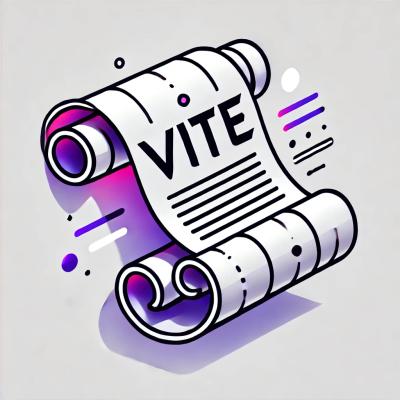Salt Container-Map
Configuration management and implicit dependency setup for Docker containers in SaltStack.
Project: https://github.com/merll/salt-container-map
Docs: Basic usage is provided in the state module <http://salt-container-map.readthedocs.io/en/latest/api/saltcontainermap.states.html>.
Details about container configurations are available in the docs for Docker-Map <https://docker-map.readthedocs.io/en/latest/guide/containers/maps.html#container-landscapes-with-containermap>.
Overview
This package contains SaltStack modules for configuring Docker
containers. They do not replace, but complement Salt’s built-in
dockerio module in the following aspects:
- Container dependencies that have to be followed during startup and
shutdown do not have to be modelled via
require or
require_in. Instead, these are implicitly defined through their
shared volumes and links.
- For the purpose of sharing data between containers, virtual volumes
can be created via a minimal runnable image (
tianon/true obtained
from the public Docker registry). These are considered during the
dependency check and become adjusted with necessary file system
permissions during startup.
- When the configuration of a container is modified, the affected
containers and their dependents can automatically be shut down and
recreated.
- Image updates can also result in an automated shutdown and recreation
of containers and their dependents, without explicit
watch or
onchanges.
An example is documented in the state module.
Installation
Besides the usual package installation, a few simple post-installation
steps are required. They are described in the
docs <http://salt-container-map.readthedocs.io/en/latest/installation.html>__.
Modules
Custom renderer
Container configurations can be set in both pillars and states. Pillars
have the advantage that they are loaded automatically before any state
(e.g. container_map.updated) or execution module uses it. Usually
the disadvantage is that pillars cannot refer to other pillars. This
package however provides a custom renderer lazy_yaml along with
custom tags !pillar and !grain, which are resolved to their
values on the minion just before the container maps and their
configurations are instantiated.
By default, container maps are loaded from a pillar container_maps.
This can be changed in the configuration by setting the configuration
value container_map.pillar_name.
State and execution module
The modules distributed to the minions provide the functionality as
outlined in the overview. A usage example is included in the state module documentation <http://salt-container-map.readthedocs.io/en/latest/api/saltcontainermap.states.html>__.



